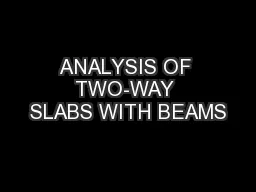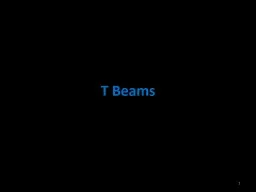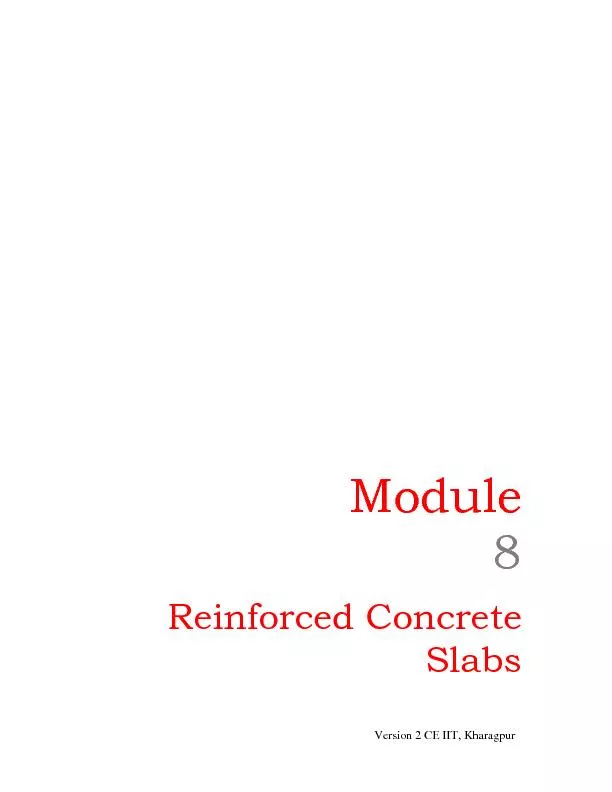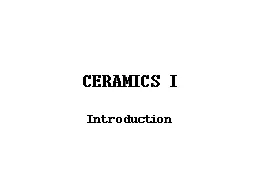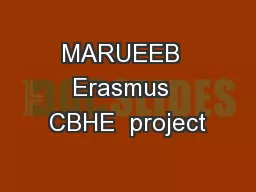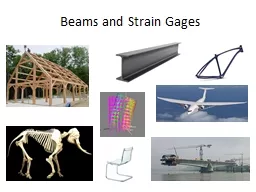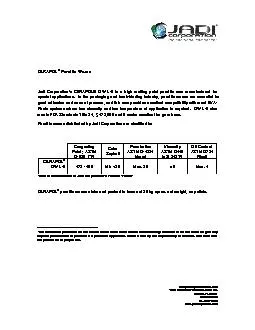PPT-ANALYSIS OF TWO-WAY SLABS WITH BEAMS
Author : liane-varnes | Published Date : 2016-07-14
1 ANALYSIS OF TWOWAY SLABS WITH BEAMS In this lecture the moments are determined by the direct design method for an exterior panel of a twoway slab with beams It
Presentation Embed Code
Download Presentation
Download Presentation The PPT/PDF document "ANALYSIS OF TWO-WAY SLABS WITH BEAMS" is the property of its rightful owner. Permission is granted to download and print the materials on this website for personal, non-commercial use only, and to display it on your personal computer provided you do not modify the materials and that you retain all copyright notices contained in the materials. By downloading content from our website, you accept the terms of this agreement.
ANALYSIS OF TWO-WAY SLABS WITH BEAMS: Transcript
Download Rules Of Document
"ANALYSIS OF TWO-WAY SLABS WITH BEAMS"The content belongs to its owner. You may download and print it for personal use, without modification, and keep all copyright notices. By downloading, you agree to these terms.
Related Documents

